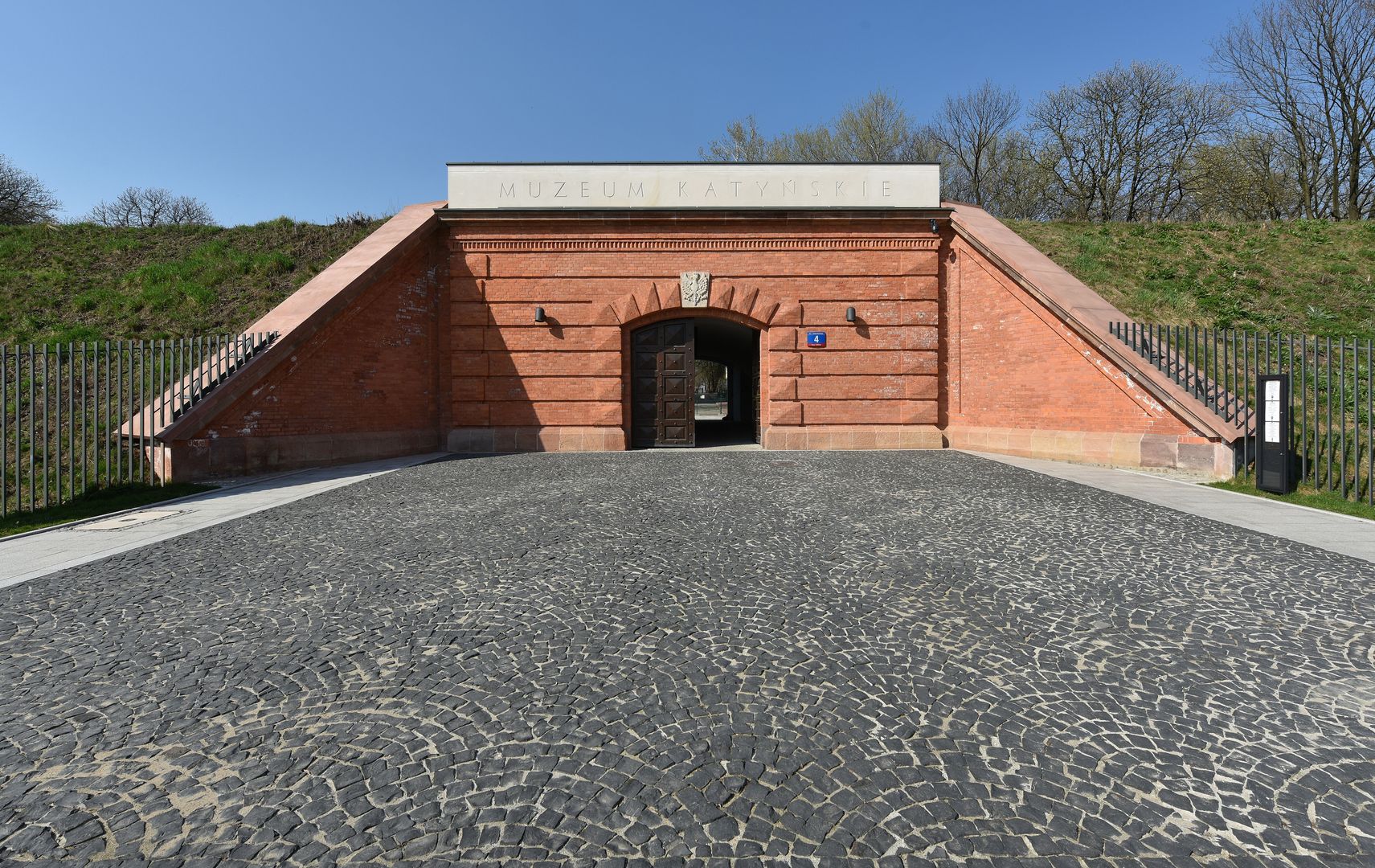Katyń Museum
6.75

Overview
The Katyn Museum in Warsaw, opened on June 29, 1993, is a martyrological branch of the Polish Army Museum, commemorating the victims of the Katyn massacre. Located in the Warsaw Citadel at 4 Jana Jeziorańskiego Street, the museum collects artifacts, photographs, and archival materials related to nearly 22,000 Poles murdered by the NKVD in 1940. It has changed its location over the years, initially housed in Fort IX "Czerniaków" before moving to a modern building within the Citadel in 2015, designed by the architectural firm BBGK Architekci. The museum's architecture, notable for its functionality and aesthetics, has been recognized with awards, including the East Centric Architecture Triennale Award for the best public building in Central and Eastern Europe. Inside, the museum features various permanent and temporary exhibitions, including the installation "Sarcophagi," which recalls the tragic transports of prisoners during World War II. The museum engages in educational and exhibition activities, collecting biographies of the victims and accounts from their families. In 2016, it received the Sybilla Award for martyrological initiatives, and in 2015, it was honored in the Poll for Historical Event of the Year. The Katyn Museum serves as an important memorial site, spreading knowledge about the Katyn crime and its consequences for Polish society. The Katyn Bell, installed in 2015, and the collection of artifacts from exhumations are significant elements that draw visitors' attention and emphasize the drama of past events. The museum is not only a place of remembrance but also a space for reflection on Polish history and the fate of Poles in the USSR.
Location
Tickets
Powered by GetYourGuide
2025 Wizytor | All Rights Reserved